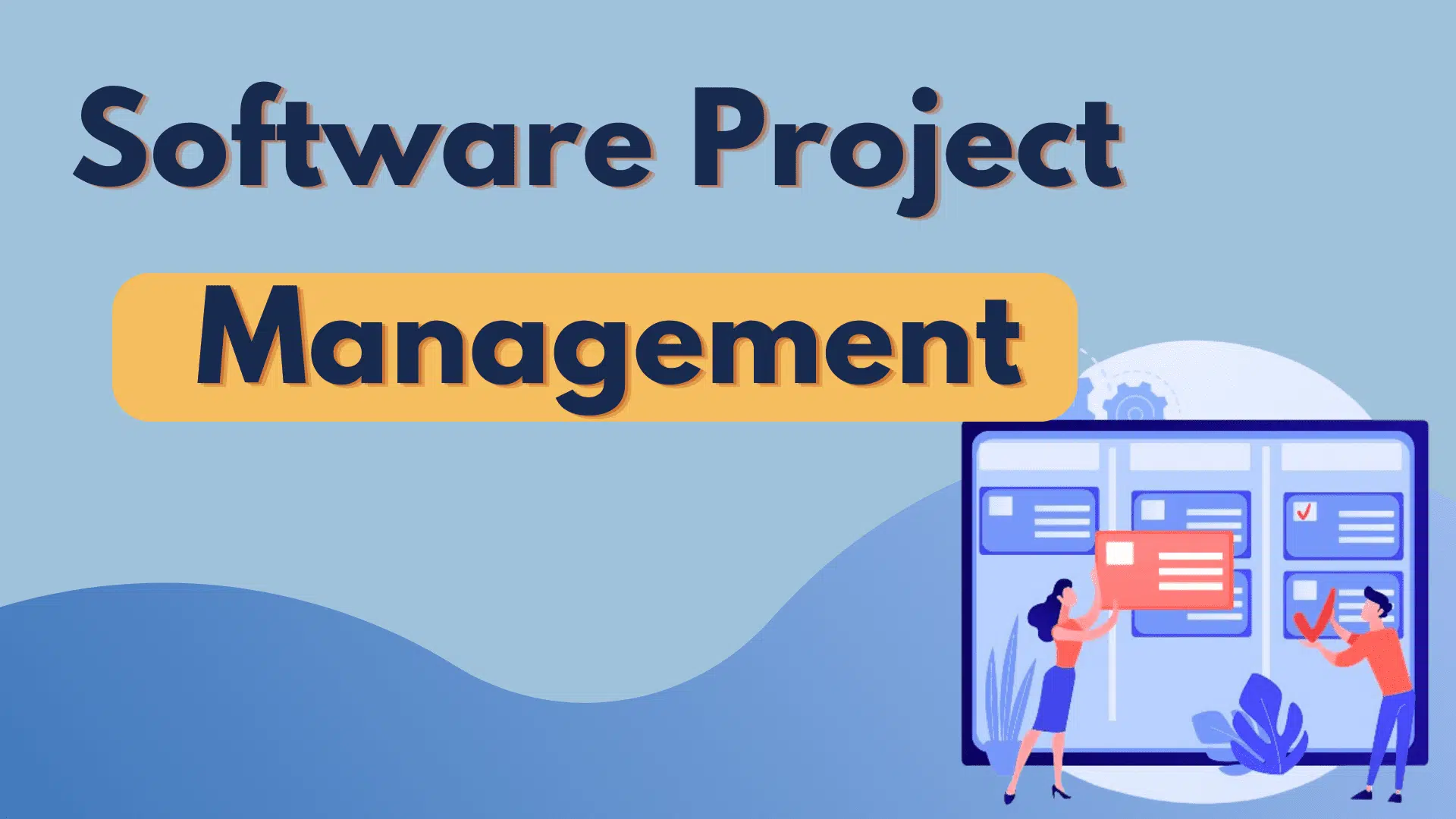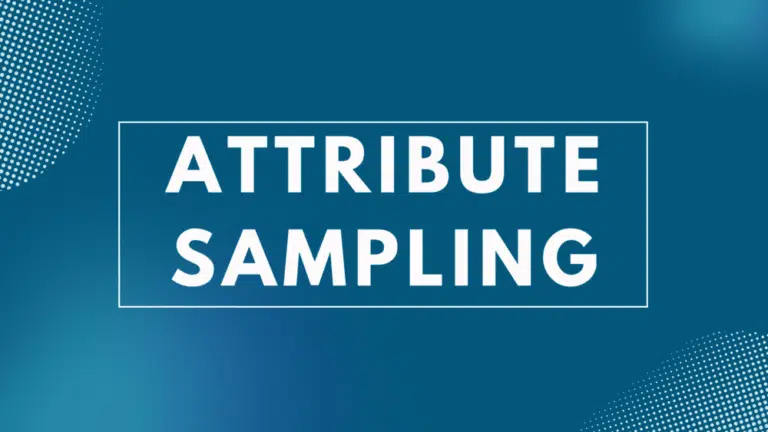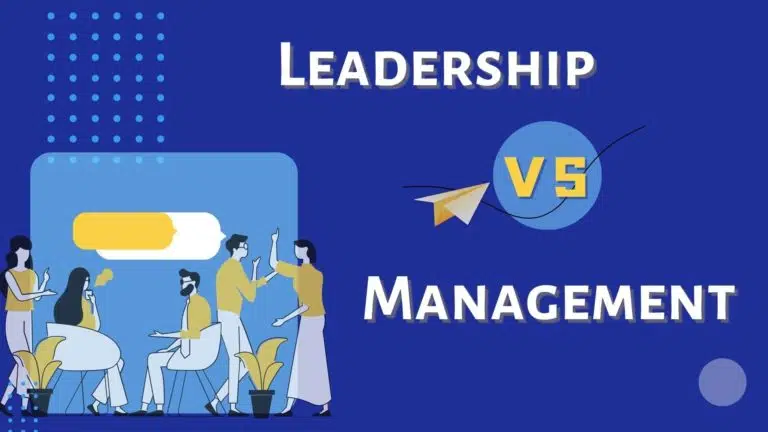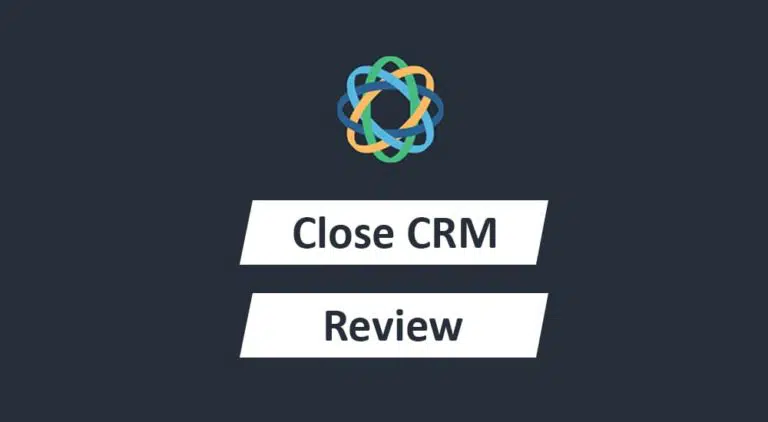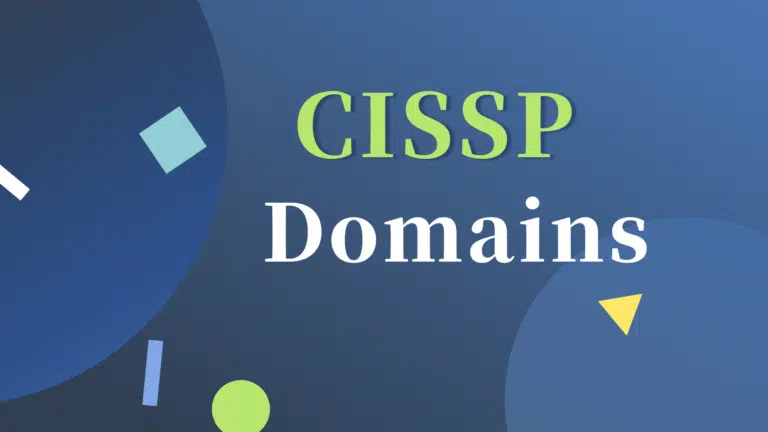Software project management is different from the traditional project management in many aspects. To grow your career as a software project manager, you must first understand the basics of software project management.
Project management occurs in all industries and organizations, including construction, manufacturing, information technology (IT), finance, marketing, etc. The software project management manages software and IT projects using available best practices and delivering high-quality products to the client.
Today’s blog post will discuss software project management, its benefits, and popular frameworks for software projects.
Let’s get started.
What is Software Project Management?
Software project management is about managing software or IT projects. This includes developing project plans, collecting requirements, developing the product, getting feedback from stakeholders, implementing the feedback, delivering the final product, and closing the project.
The software project management is useful in developing software, websites, cloud-based system, IT related services, etc.
Project management for software is different from the traditional project management. In traditional project management, you usually have a well-defined scope of work, and changes are rare during the project life cycle.
While in a software development project, the scope of work is not well defined at the beginning of the project, it evolves as the project progresses, and changes are common here. The software project development cycle requires multiple product deliveries to clients and countless refinements based on user feedback. In software project management, customer feedback is the key to success.
Traditional or waterfall methodologies are not effective here; therefore, you will use Agile frameworks to manage software projects. Most Agile frameworks are developed specifically to manage software development projects. Software project management provides flexibility and promotes collaboration and teamwork.
Most project management tools provide support for software project management. You can manage your Agile team effortlessly using any popular cloud-based project-management software.
Project management software provides a modern interface with multiple dashboards to see real-time project progress and communicate with team members. You can see your tasks in the Calendar view or with the Gantt chart.
Types of Software Projects
Software projects can be one of the following types:
- New software development
- Updates to existing software
- New developments or updates to existing IT services
- New developments or updates to mobile apps
Software Project Manager Roles and Responsibilities
In a software project, the project manager’s title may be Scrum Expert or Agile Coach. Agile projects promote a collaborative and self-organized team approach; therefore, the project manager’s responsibilities are distributed among the software project’s team members. The project manager will thus facilitate the project instead of directing the team.
However, broadly, the responsibilities of the software project manager can include the following:
Develop the Plan
The project manager will develop a project management plan. The project includes many subsidiary plans, including cost management, schedule management, project timeline, milestones, resource management, task management, risk management, etc. These plans provide exact steps to complete the project.
Execute the Plan
After developing and getting the project plan approved, you implement it to complete the project. You will ensure the team understands the plan and their roles and responsibilities. You will lead the project toward a successful completion.
Control the Project
While executing the project, you will ensure the plan is progressing as planned, there is no deviation from baselines, and the deliverable is developed per the client’s expectation. If there is any deviation or defect in the project, you will take necessary preventive and corrective actions.
Close the Project
Finally, you will deliver the final product to the client and close the project. Once the project is completed, you will update the Lessons Learned document and release the team.
Best Practices to Manage a Software Project Successfully
You can follow these steps to manage software projects successfully:
- Remove non-development work from the software development team’s task list.
- Motivate team members by using other team members’ success.
- Don’t change tasks throughout the project after assigning them.
- Create a strategy early and ask team members to stick to it.
- Encourage team members to delegate tasks to those who can perform better.
- Connect with team members personally to build a more robust team.
- Encourage proper time management when assigning tasks.
- Create ground rules and implement them.
What Are the Key Software Project Management Frameworks?
The following are a few popular software project-management methodologies:
- Scrum: Scrum is the most popular and widely used framework for managing software projects. It divides work into fixed iterations called “sprints,” lasting 1-4 weeks each. The key roles in Scrum are the Product Owner, the Scrum Master, and the Development Team. This software project framework emphasizes daily stand-up meetings and regular sprint reviews.
- Kanban: Kanban is a visual workflow-management system that focuses on continuous delivery. During this methodology, work items are shown on a Kanban board, with columns representing different stages of the process. Agile teams shift work items from one column to another as they progress.
- Lean: Lean principles are based on manufacturing concepts and focus on eliminating waste, improving flow, and delivering value efficiently. Lean software development delivers value to customers quickly while minimizing waste.
- Dynamic Systems Development Method (DSDM): This Agile project-management software emphasizes the importance of user involvement and the frequent delivery of prioritized features. It provides a structured approach to software project management and includes defined roles and principles.
- Feature-Driven Development (FDD): You can use this software project-management platform for large, complex projects. It focuses on breaking the project into small, feature-based work units. FDD emphasizes domain modeling, design by feature, and regular inspections.
- Extreme Programming (XP): XP is an Agile framework that emphasizes engineering practices to improve software quality. These practices include Test-Driven Development (TDD), pair programming, continuous integration, and frequent releases. XP encourages close collaboration between team members and customers.
- Disciplined Agile Delivery (DAD): DAD is a process-decision framework that incorporates various Agile and Lean approaches. It explains how to choose and tailor Agile practices to suit your project’s specific needs.
- Crystal: Crystal is a family of Agile methodologies customized to fit project needs. Crystal methodologies range from “Crystal Clear” for small, co-located teams to “Crystal Maroon” for larger, more complex projects.
Summary
Software project management helps manage software projects. When managing client requirements, software project management provides flexibility that is not available in traditional project management. Software project management frameworks are easy to use and do not have a steep learning curve.

I am Mohammad Fahad Usmani, B.E. PMP, PMI-RMP. I have been blogging on project management topics since 2011. To date, thousands of professionals have passed the PMP exam using my resources.

